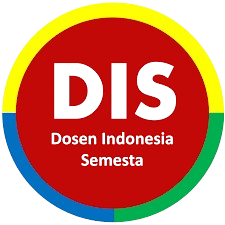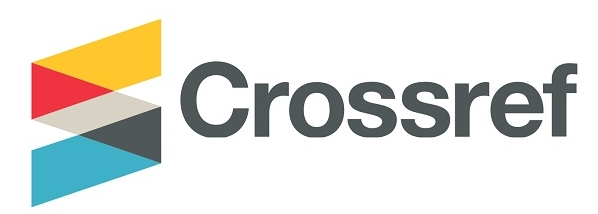AN ANALYSIS OF ENGLISH TEXTBOOK ENTITLED “ENGLISH FOR CHANGE” WITH REFERENCE TO INDEPENDENT LEARNING CURRICULUM
DOI:
https://doi.org/10.36526/ln.v7i2.3133Keywords:
Kurikulum Merdeka, CEFR, TextbookAbstract
The Independent Learning Curriculum has been implemented, and one of the essential parts of its implementation is the textbook as one of the teaching and learning media. It acts as guidance for novice as well as senior teachers. Therefore, the researchers were interested in conducting a textbook evaluation on an English textbook entitled “English for Change” used by eleventh graders. This study aimed to find out whether the book already fulfils the criteria of a good textbook regarding its appropriateness and relevance to independent curriculum and CEFR. The instrument used in this study was an evaluation rubric developed by Cunningsworth. The data were analyzed through document analysis techniques. The results indicated that this textbook as a means of teaching and learning has shown good quality and is relevant to the current curriculum. However, the reading passages were above the students’ targeted level and grammar points were inconsistent with the level of targeted CEFR in this curriculum.
References
Brian Tomlinson. (1998). Developing Materials for Language Teaching. In Cambridge: Cambridge University Press.
Cunningsworth, A., & Kuse, P. (1991). Evaluating teachers’ guides. ELT Journal, 45(2). https://doi.org/10.1093/elt/45.2.128
Fuyudloturromaniyyah, N. (2015). A Textbook Analysis : An In-Depth Analysis Of Efl Textbook For Seventh GradE. Journal of English and Education, 3(2).
Gholampour, S., & Mehrabi, D. (2023). Literature Review of ELT Textbook Evaluation. Mextesol Journal, 47(2).
Harmer, J. (2018). The Practice of English Language Teaching, 3rd Edition (Jeremy Harmer) (z-lib.org). In Overland (Vols. 2018-Winte, Issue 231).
Jacelon, C. S., & O’Dell, K. K. (2005). Analyzing qualitative data. In Urologic nursing : official journal of the American Urological Association Allied (Vol. 25, Issue 3). https://doi.org/10.4324/9781315181158-34
Mart, Ç. T. (2013). Teaching grammar in context: Why and how? Theory and Practice in Language Studies, 3(1). https://doi.org/10.4304/tpls.3.1.124-129
Mayring, P. A. E. (2022). Qualitative content analysis. In International Encyclopedia of Education: Fourth Edition. https://doi.org/10.1016/B978-0-12-818630-5.11031-0
Miekley, J., & Brantmeier, C. (2005). Esl Textbook Evaluation Checklist. The Reading Matrix, 5(2).
Rossiter, A. (2021). The importance of GRAMMAR. Linguapress.
Sardegna, V. G., Lee, J., & Kusey, C. (2018). Self-Efficacy, Attitudes, and Choice of Strategies for English Pronunciation Learning. Language Learning, 68(1). https://doi.org/10.1111/lang.12263
Scott, M. L., Brown, C., Harmer, J., Brown, H. D., Nunan, D., Richards, J. C., & Lockhart, C. (1995). Resources in Language Teacher Education. TESOL Quarterly, 29(2). https://doi.org/10.2307/3587632
Soraya, K. (2022). The Implementation Of Genre Based Approach In Teaching. Jedlish, Journal of Education and English Language, 2(1).
Thornbury, S. (2022). Materials for developing speaking skills. In The Routledge Handbook of Materials Development for Language Teaching. https://doi.org/10.4324/b22783-19
Wachidah, S. (2017). Buku Guru Bahasa Inggris When English Rings the Bell. In Pusat Kurikulum dan Perbukuan, Kemendikbud (Vol. 1).
Downloads
Published
How to Cite
Issue
Section
License
This work is licensed under a Creative Commons Attribution-ShareAlike 4.0 International License.


















